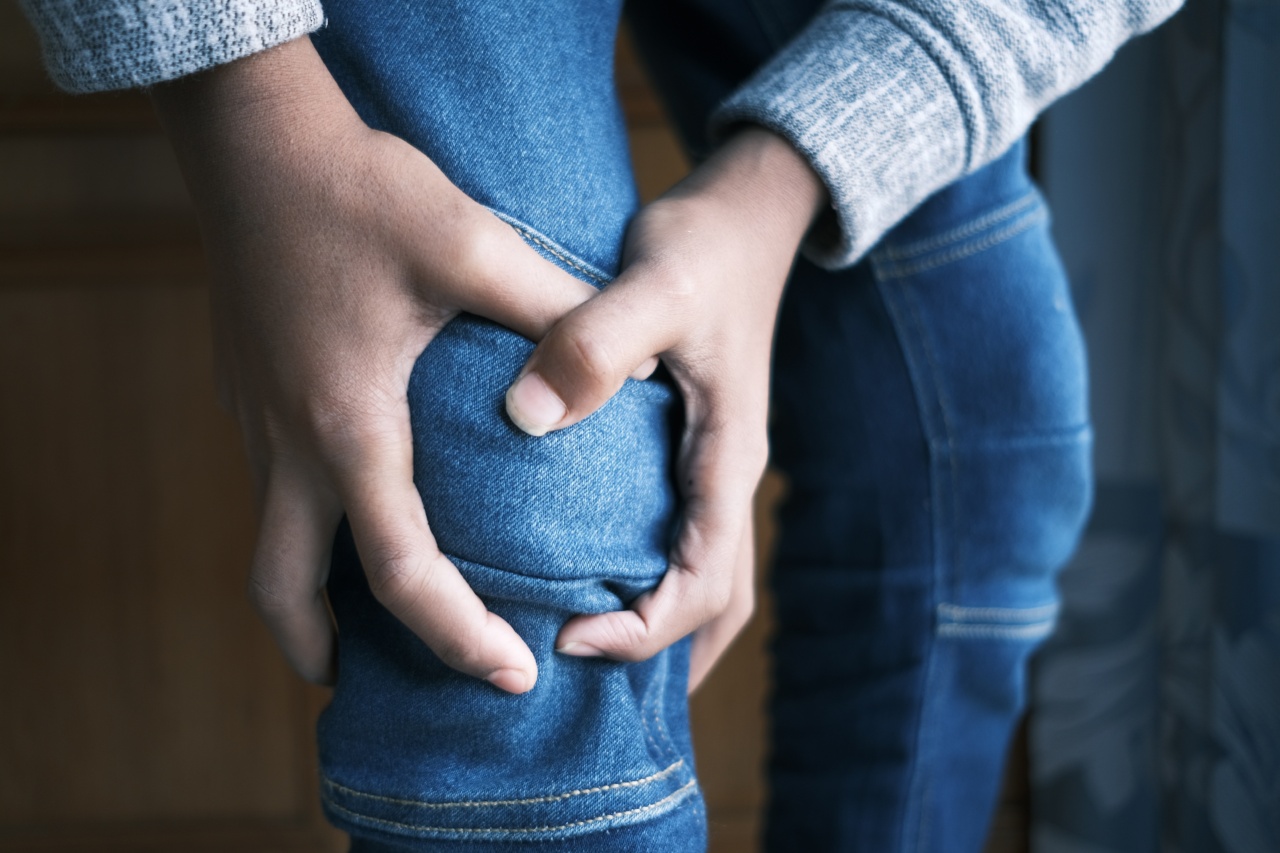Knee pain can be caused by a variety of issues, including injury, arthritis, or other medical conditions. Pain in the knee can be debilitating, making it difficult to walk, stand, or perform everyday tasks.
However, there are ways to relieve knee pain and keep it from coming back. This article will provide tips and tricks to help you manage knee pain and regain mobility.
1. Exercise
Regular exercise is essential for keeping your knees healthy. Low-impact activities like swimming, cycling, and walking can help strengthen the muscles around your knee joint. Strong leg muscles help support the knee joint and reduce stress on it.
Additionally, stretching and flexibility exercises can help improve mobility and reduce stiffness.
2. Weight Management
Carrying extra weight puts added stress on your knees. Losing weight can help reduce the load on your knees, relieving pain and improving function.
If you are overweight or obese, talk to your healthcare provider about developing a weight management plan that is right for you.
3. Pain Relief Medications
Over-the-counter pain relievers like acetaminophen and ibuprofen can help relieve knee pain. These medications work by reducing inflammation and pain.
Always follow the dosage instructions on the label and talk to your healthcare provider before taking any medications, especially if you have other medical conditions or are taking other medications.
4. Hot/Cold Therapy
Applying heat or cold to your knee can help relieve pain and reduce swelling. Ice can help reduce inflammation and numb the area, while heat can help improve circulation and relax muscles.
Try alternating hot and cold therapy to find what works best for relieving your knee pain.
5. Knee Braces and Splints
Knee braces and splints can provide support and stabilize the joint, reducing pain and improving function. They can also help prevent further injury.
Talk to your healthcare provider about which type of brace or splint is right for you and how to use it properly.
6. Rest and Self-Care
Knee pain can be caused or exacerbated by overuse or injury. Resting your knee and applying self-care techniques like elevation and compression can help reduce pain and swelling.
If your knee pain is caused by a specific activity, like running, consider taking a break from that activity until the pain subsides.
7. Physical Therapy
Physical therapy can help improve knee function and reduce pain. A physical therapist can help you develop an exercise plan that will strengthen your muscles and increase mobility.
They can also teach you techniques and stretches to help reduce pain and stiffness.
8. Massage Therapy
Massage therapy can help relieve muscle tension and reduce pain. A massage therapist can target specific areas of your knee and leg to improve circulation and reduce stiffness.
Always consult with your healthcare provider before getting a massage, especially if you have any medical conditions that make massage unsafe.
9. Acupuncture
Acupuncture involves the insertion of tiny needles into specific points on the body to relieve pain and promote healing. It is a safe and effective treatment for knee pain, and many people find it helpful in reducing their symptoms.
Always consult with a licensed acupuncturist before undergoing treatment.
10. Surgery
If other treatments are not effective, surgery may be an option. In some cases, surgery can repair or replace damaged knee joints, reducing or eliminating pain. Talk to your healthcare provider about whether surgery is right for you.
Conclusion
Knee pain can be a frustrating and debilitating condition, but there are many ways to manage it. From exercise and weight management to medication and surgery, there are numerous treatments available that can help relieve pain and improve function.
Talk to your healthcare provider about which treatments are right for you, and don’t be afraid to try different approaches until you find what works best.































